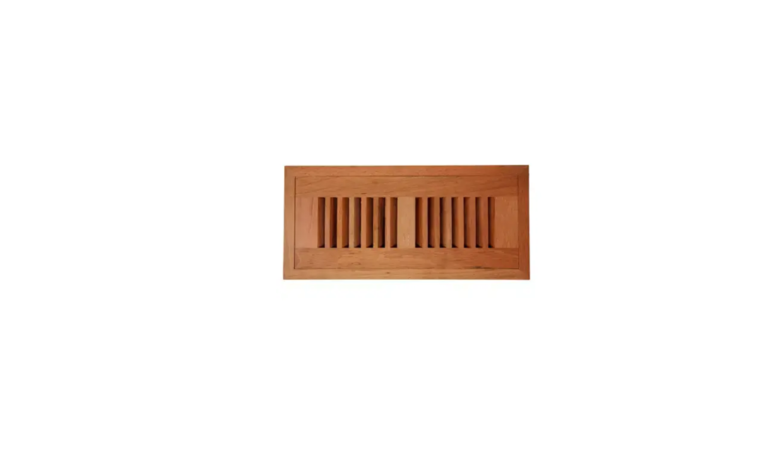
These unconventional structures have found their place across various domains, from chic urban homes to cost-effective commercial spaces. As cities become more environmentally conscious and space-efficient, shipping container architecture provides an innovative solution that aligns with these modern priorities. The adaptability of these containers allows builders and designers to repurpose industrial waste into functional and stylish living spaces.
Sustainable design enthusiasts find shipping container buildings particularly appealing, as they provide a tangible method of mitigating waste and reducing the carbon footprint endemic to traditional construction practices. Rather than allowing containers to rust and contribute to urban blight, these architectural innovations breathe new life into them, demonstrating that sustainability and design excellence are not mutually exclusive. As urban populations grow and sustainable development becomes increasingly crucial, shipping container buildings could pave the way for more eco-friendly construction practices worldwide.
Introduction to Shipping Container Architecture
Shipping container architecture has carved its niche in the construction industry by transforming ordinary steel containers into extraordinary spaces for living, working, and beyond. In the rapidly evolving construction world, shipping container buildings have become a formidable trend, offering an intriguing intersection of creativity, sustainability, and practicality. Born out of the need for affordable and innovative housing solutions, these metal boxes are prefabricated offsite and then transported to the building site, reducing construction time significantly. This innovative approach saves time and often results in cost savings compared to traditional building methods, making it an appealing choice for both budget-conscious developers and eco-minded individuals. The nature of containers, designed to endure the harsh maritime climate, lends them a durability that translates well into structural integrity in various environments.
Historical Context and Rise in Popularity
The genesis of using shipping containers as building blocks dates back to the latter part of the 20th century when architects and designers began to explore its potential beyond storage and transport. Initially considered a novelty or an experimental form of architecture, shipping container buildings have steadily gained popularity. Their ability to be stacked and modified has led to innovative developments worldwide, from striking urban offices to compact and efficient off-grid homes. The trend has been bolstered by increasing interest in minimalist living and micro homes, catering to those who value simplicity and efficiency in living spaces.
Environmental Benefits of Container Architecture
One of the most compelling advantages of shipping container architecture is its negligible environmental impact compared to conventional construction. Reusing these containers offers a second life for materials that would otherwise contribute to industrial waste. In addition to reducing waste, the energy consumption associated with traditional building material production is considerably lowered. According to insights from the Environmental Impact of Container Recycling, adapting containers into habitable areas minimizes resource strain, enabling a smaller ecological footprint and fostering circular economy principles.
Cost-Effectiveness and Budgeting Tips
The cost-effectiveness of shipping container buildings lies in their inherent affordability and the financial flexibility they offer builders and homeowners. Containers are often available for purchase at a fraction of the cost of traditional building materials, though prices can fluctuate based on availability and condition. To maximize savings, it’s essential to clearly outline intended modifications and associated costs early in the planning stages. This proactive budgeting can prevent unexpected expenses during the build phase. Moreover, shipping container structures typically require less maintenance than conventional buildings, offering additional savings over the long term.
Design Innovations and Aesthetics
The unique design potential of shipping containers is only limited by imagination. Architects and designers have embraced the raw industrial aesthetic while integrating modern technologies to create functional and visually stunning spaces. Innovations such as advanced insulation materials, solar panels, and green roofs have expanded the use of these structures beyond mere utilitarian purposes into high-end, eco-friendly designs. This fusion of technology and design has led to spaces that look appealing and contribute positively to the users’ quality of life.
Legal Considerations and Zoning Regulations
One of the challenges facing shipping container architecture is navigating the various local building codes and zoning laws that may only sometimes accommodate these unconventional structures. Legal considerations vary greatly depending on location, intended use, and the project’s complexity. Developers and homeowners must seek professional legal advice and engage with local planning authorities to ensure full compliance. Understanding these regulations from the outset can prevent costly legal issues and ensure projects run smoothly.
Real-life Examples and Inspirational Projects
Across the globe, a wave of inspirational shipping container projects highlights the creativity and versatility of this architectural style. In urban settings, these structures serve as innovative offices, trendy cafes, and even pop-up shops, illustrating the endless possibilities of repurposing shipping containers. Notably, projects outlined in the Innovative Container Projects demonstrate how these spaces can rejuvenate regions, providing affordable housing solutions or stimulating community interaction through unique communal spaces.
Future Trends in Container Urbanism
As cities continue to evolve, the future of shipping container buildings appears promising, with these structures playing an increasingly vital role in urban planning and sustainable development. Emerging trends suggest greater integration with intelligent technologies, enabling smart-home features that enhance energy efficiency and connectivity. As container-based construction becomes more mainstream, its influence on urban landscapes will likely expand, driven by a demand for flexibility, sustainability, and cost-effectiveness. The ongoing evolution of container architecture could significantly contribute to addressing the challenges of worldwide urbanization.
Also Read: EVD Device LTAC Facility: Roles and Benefits in Patient Care






